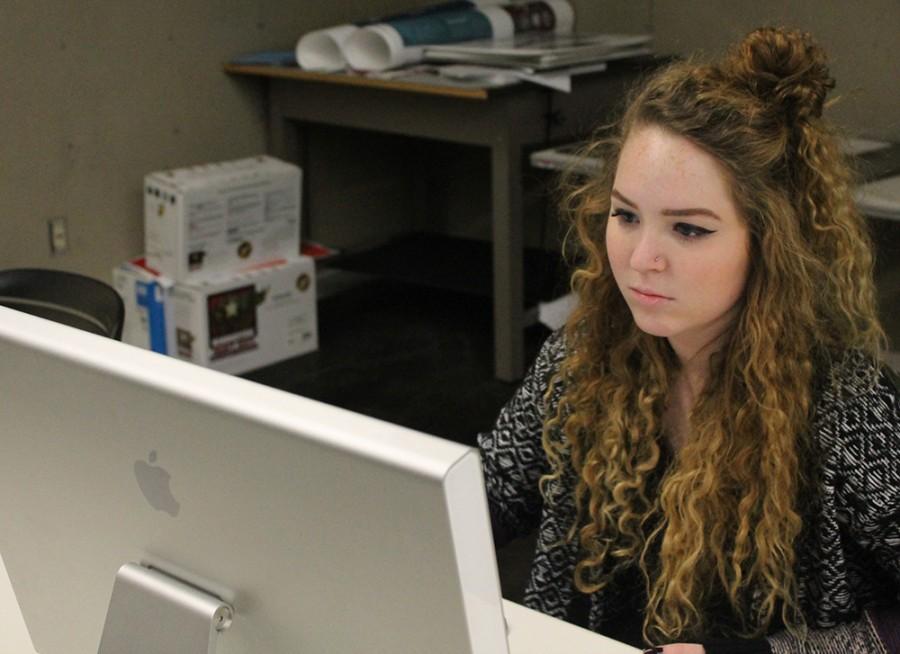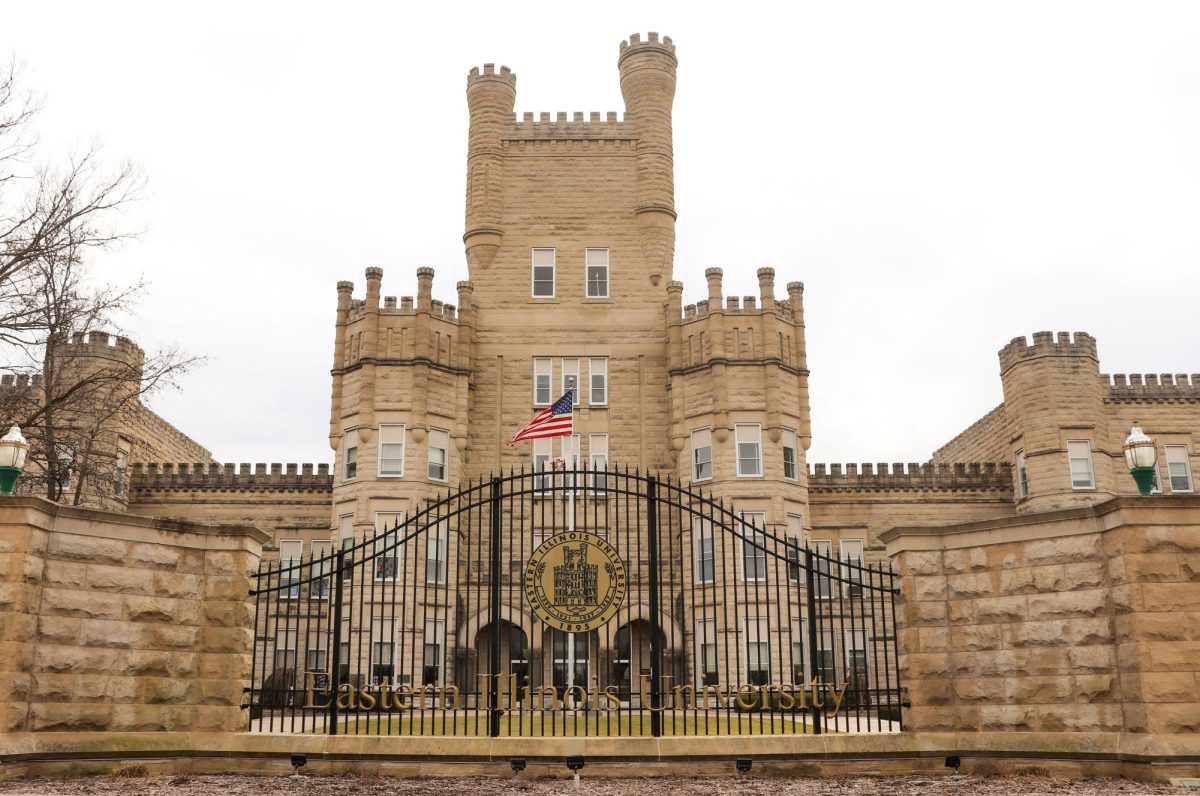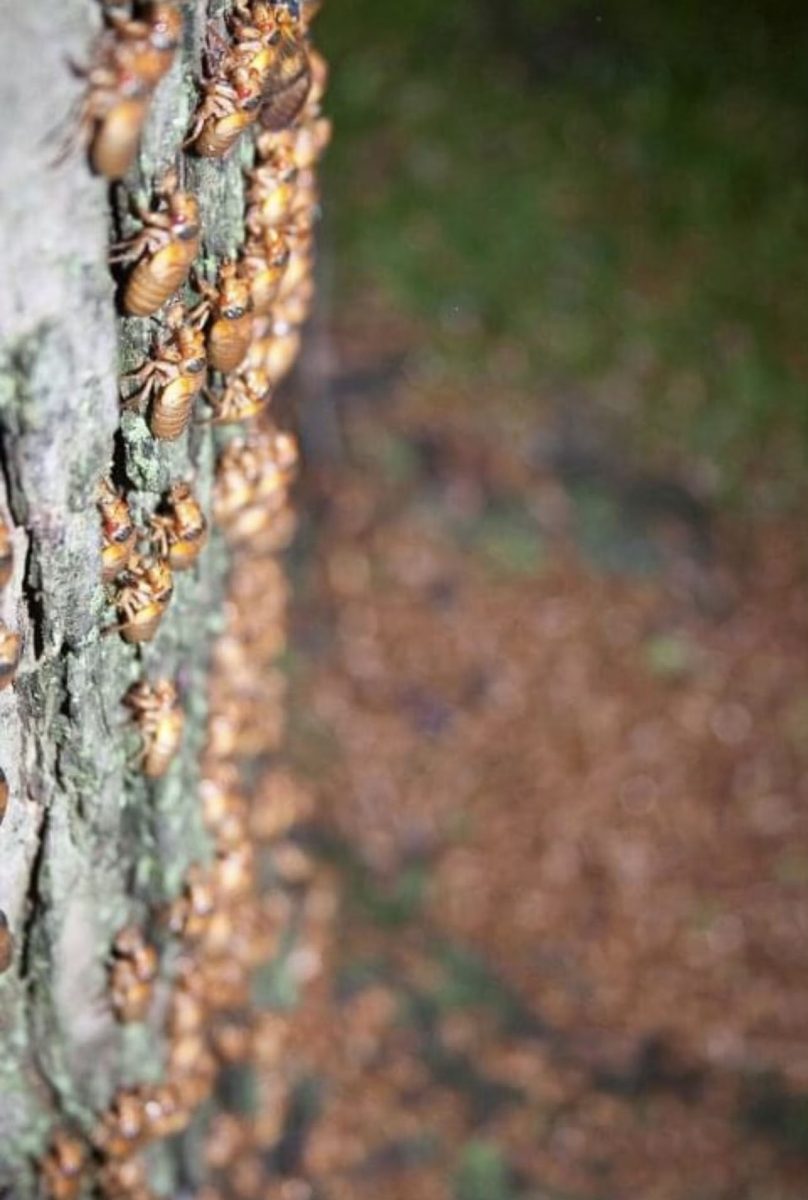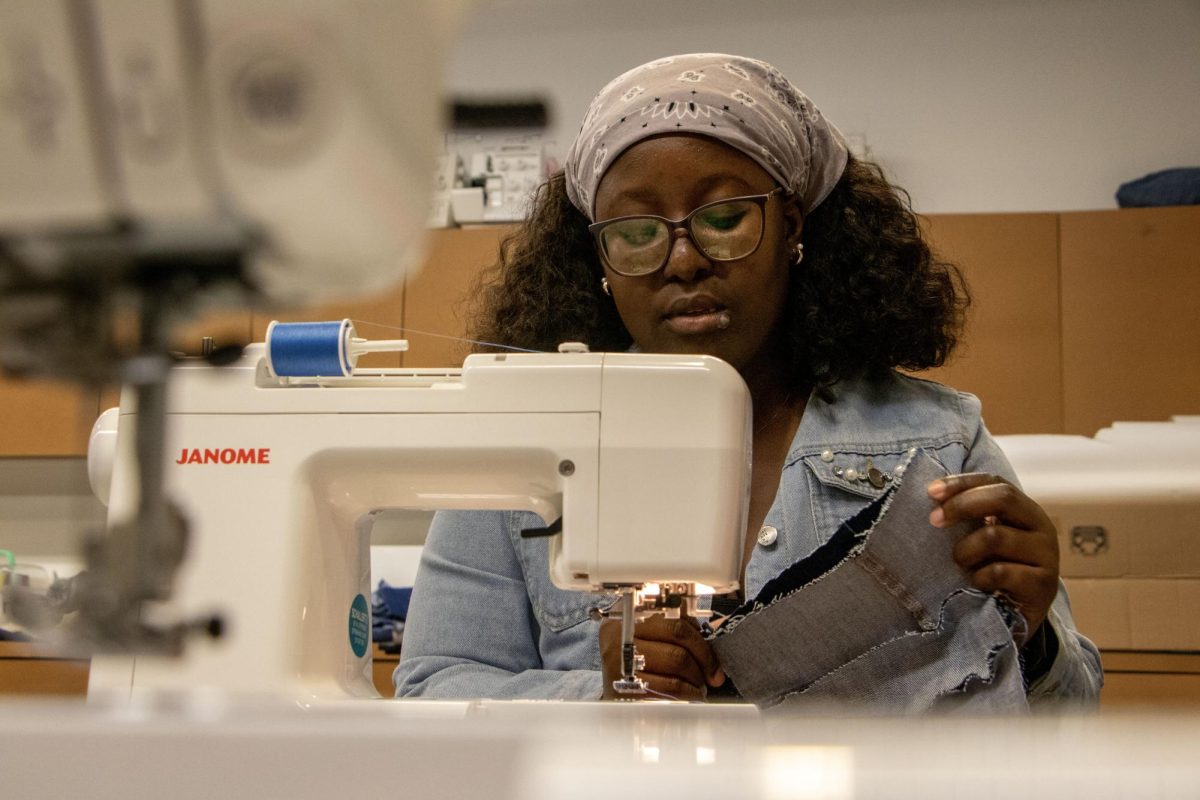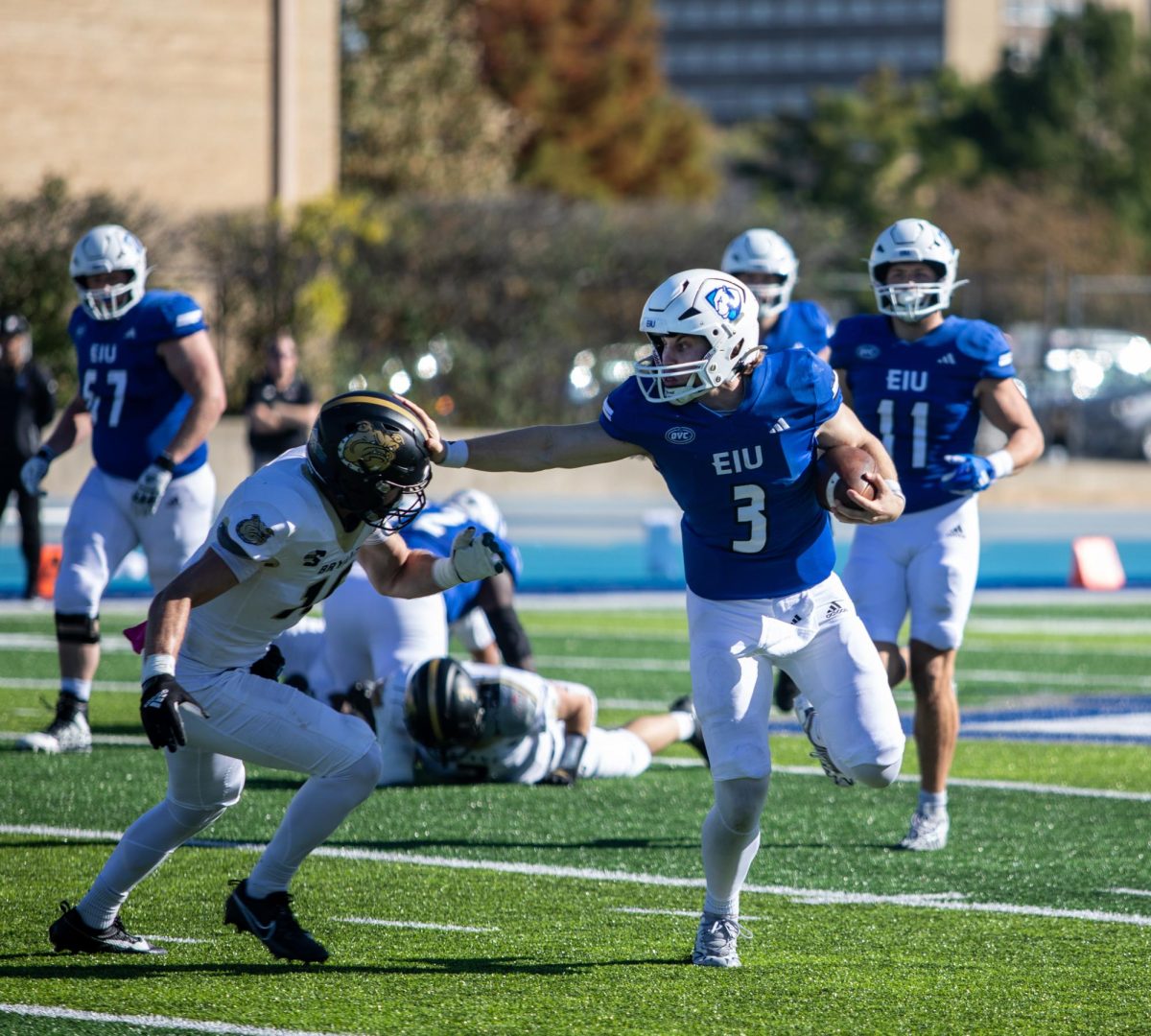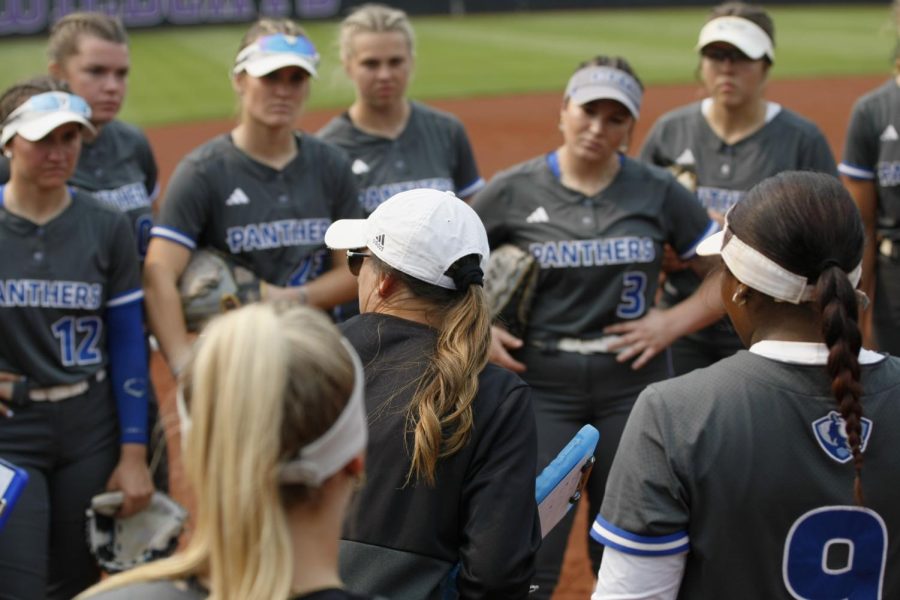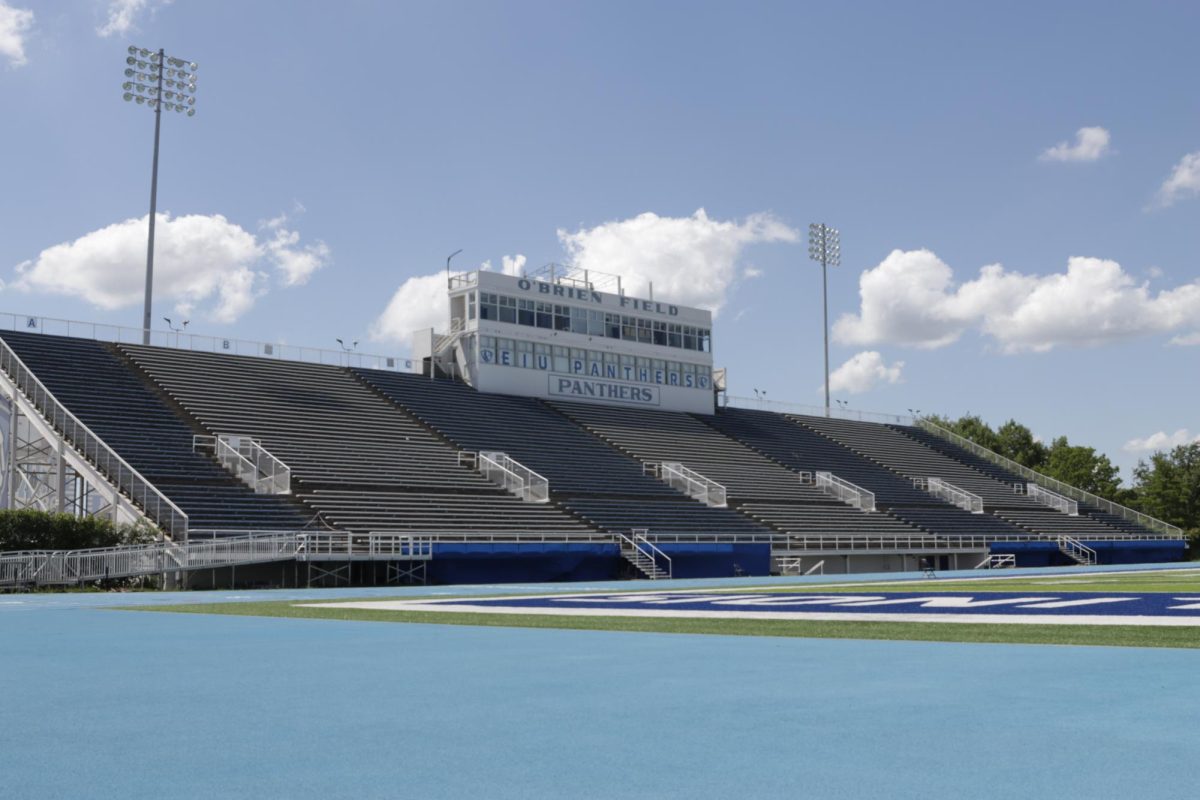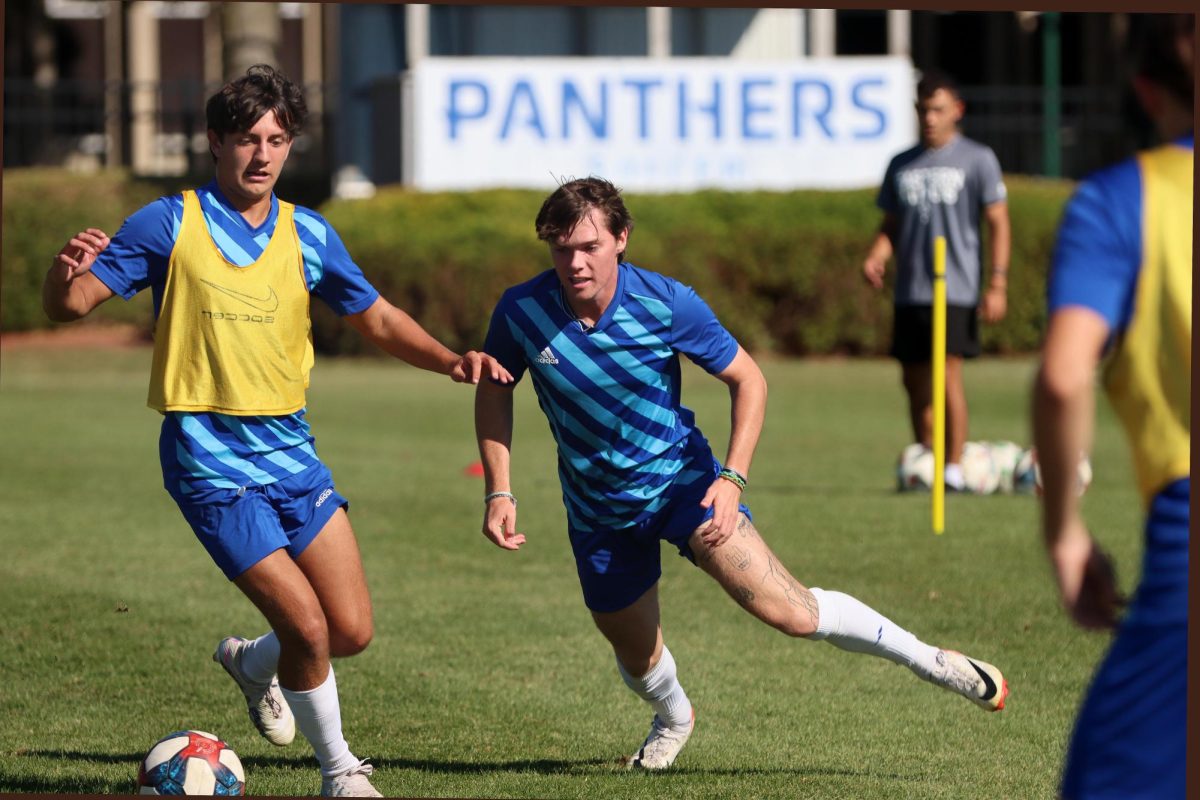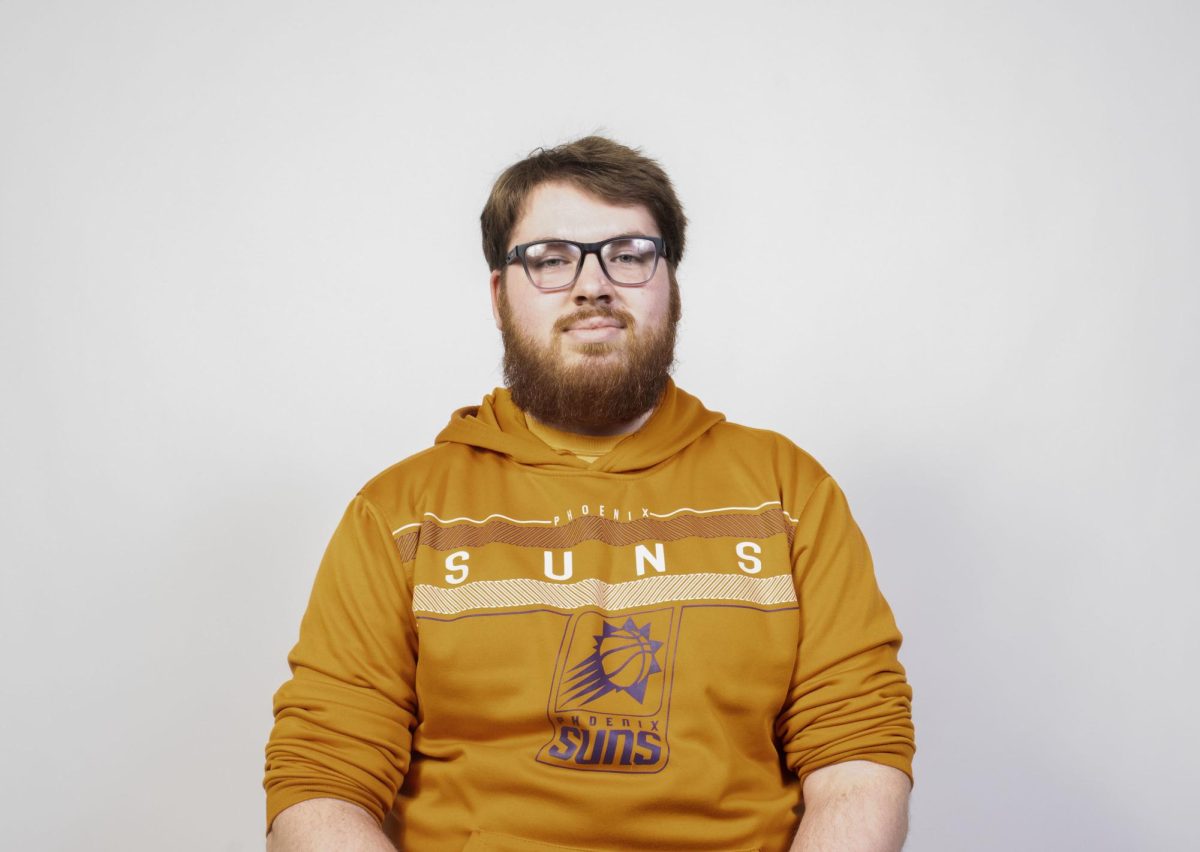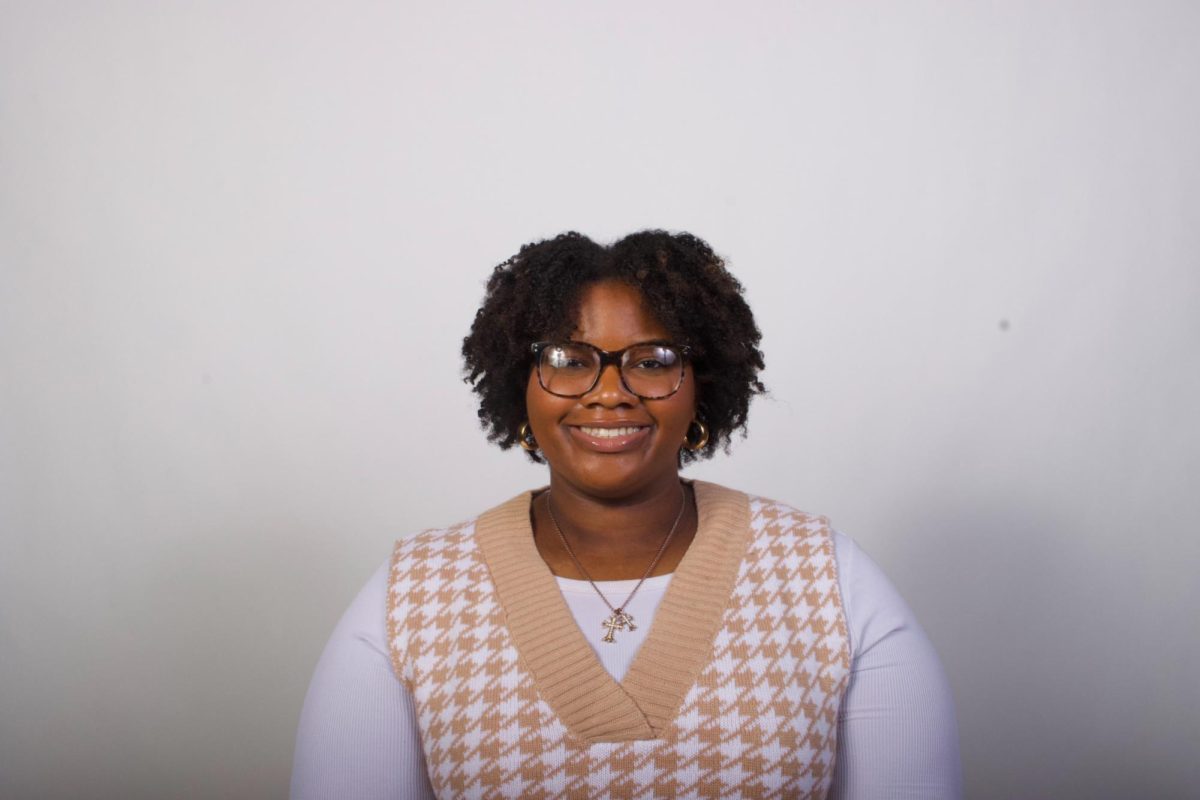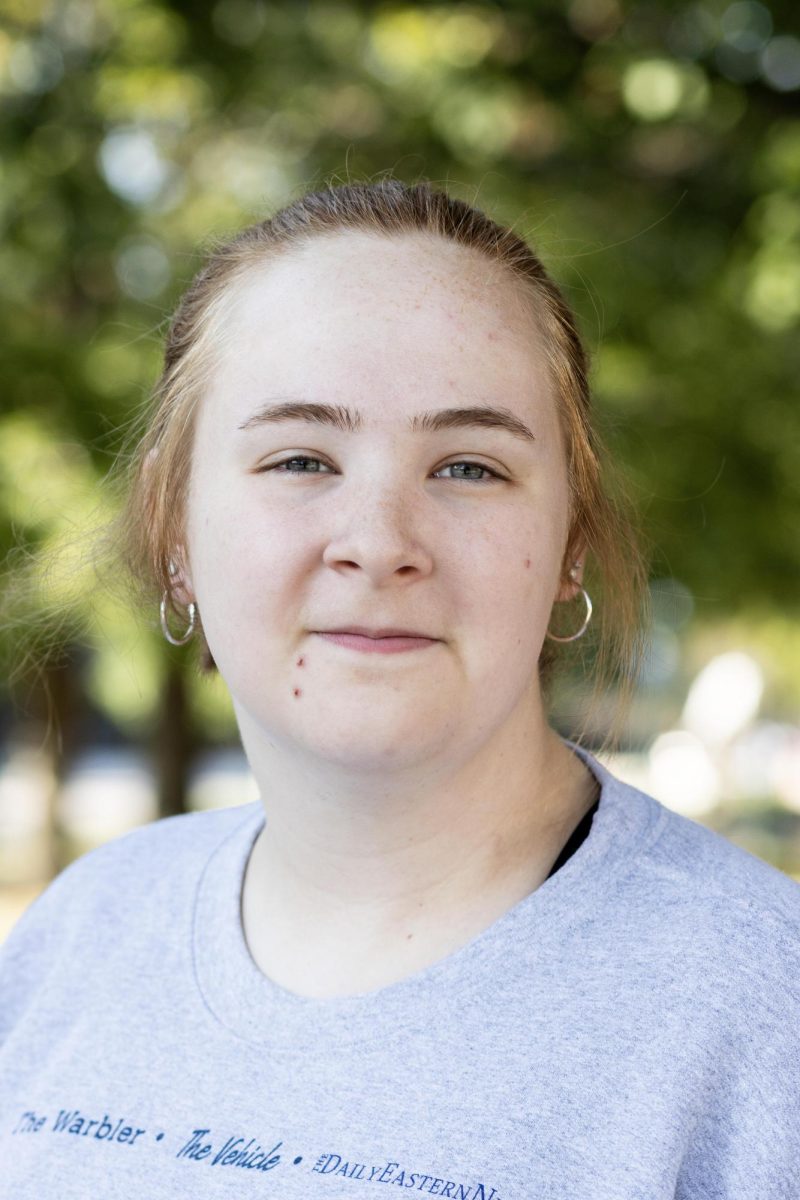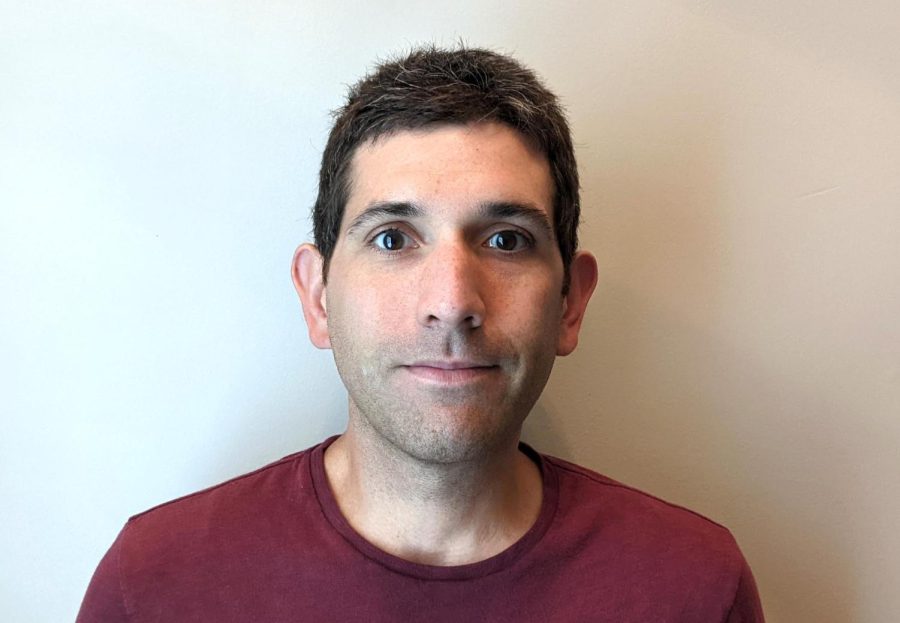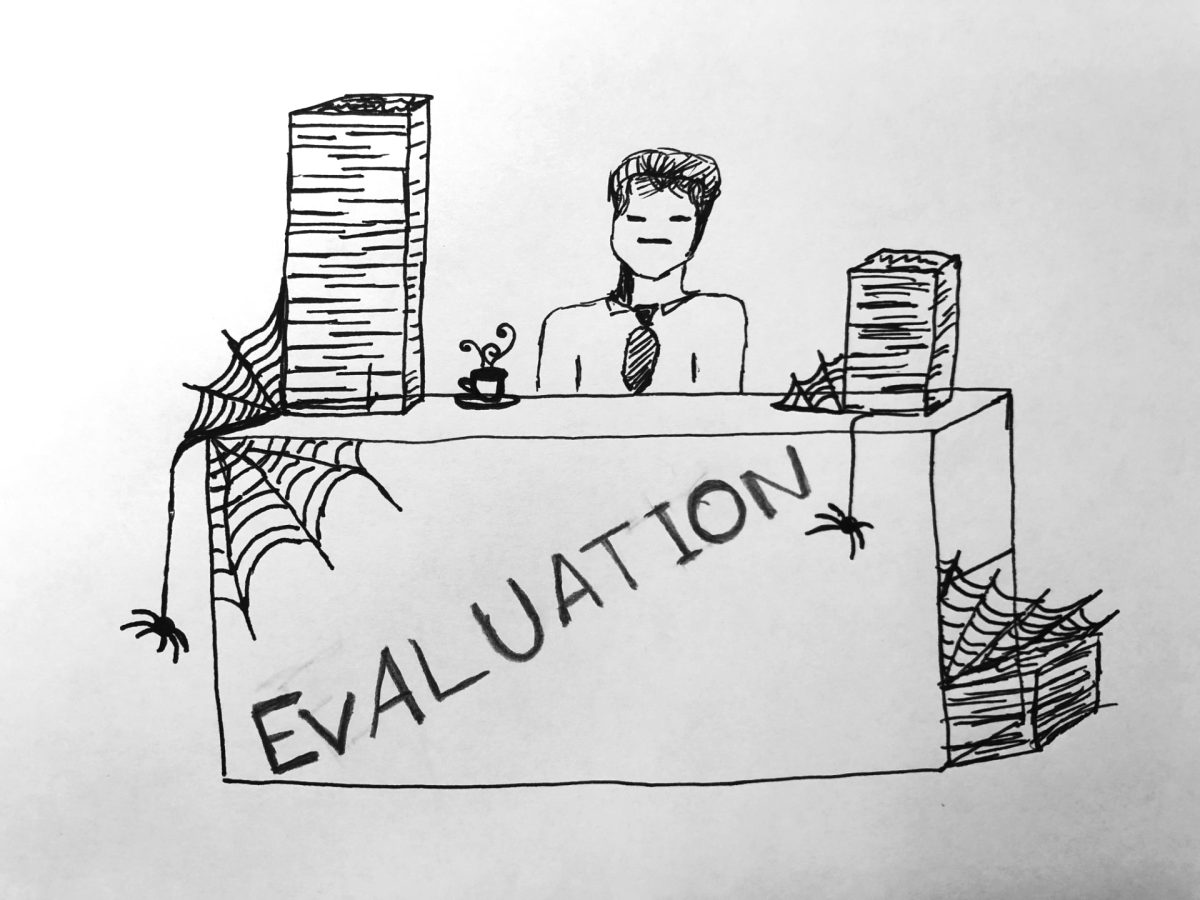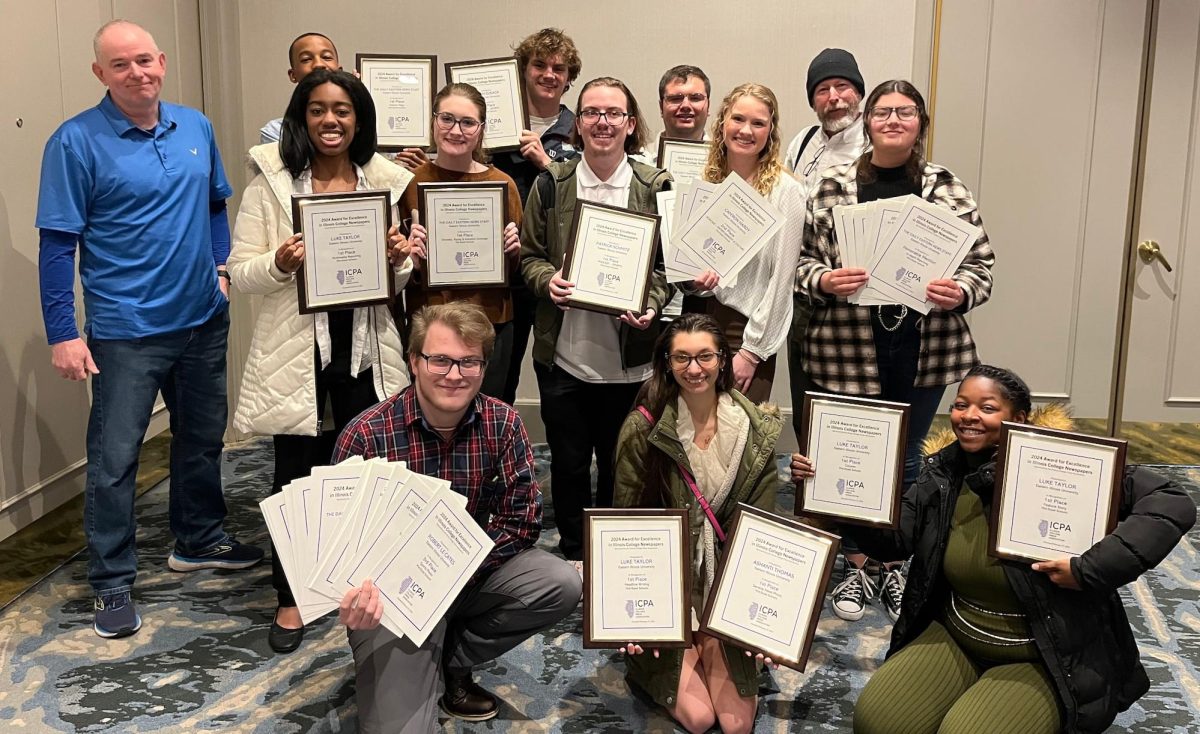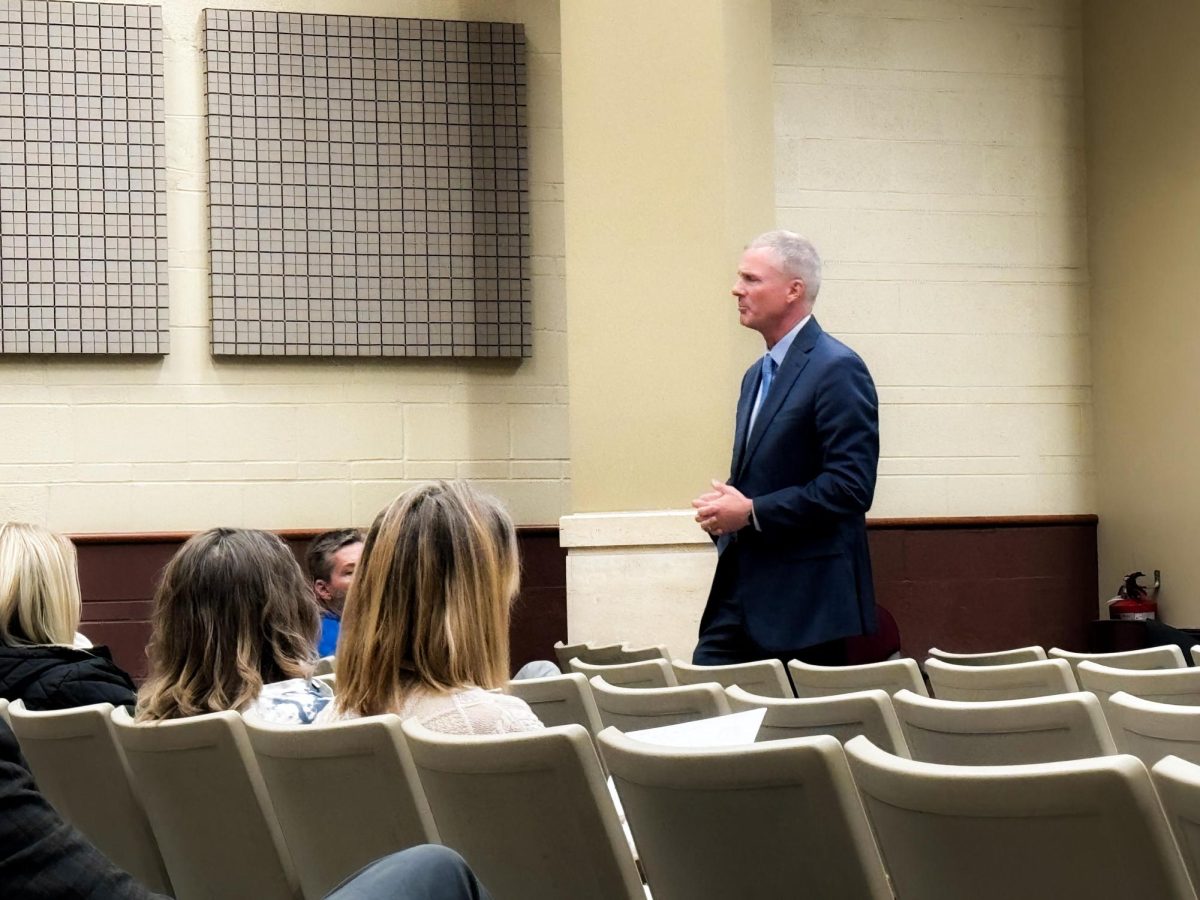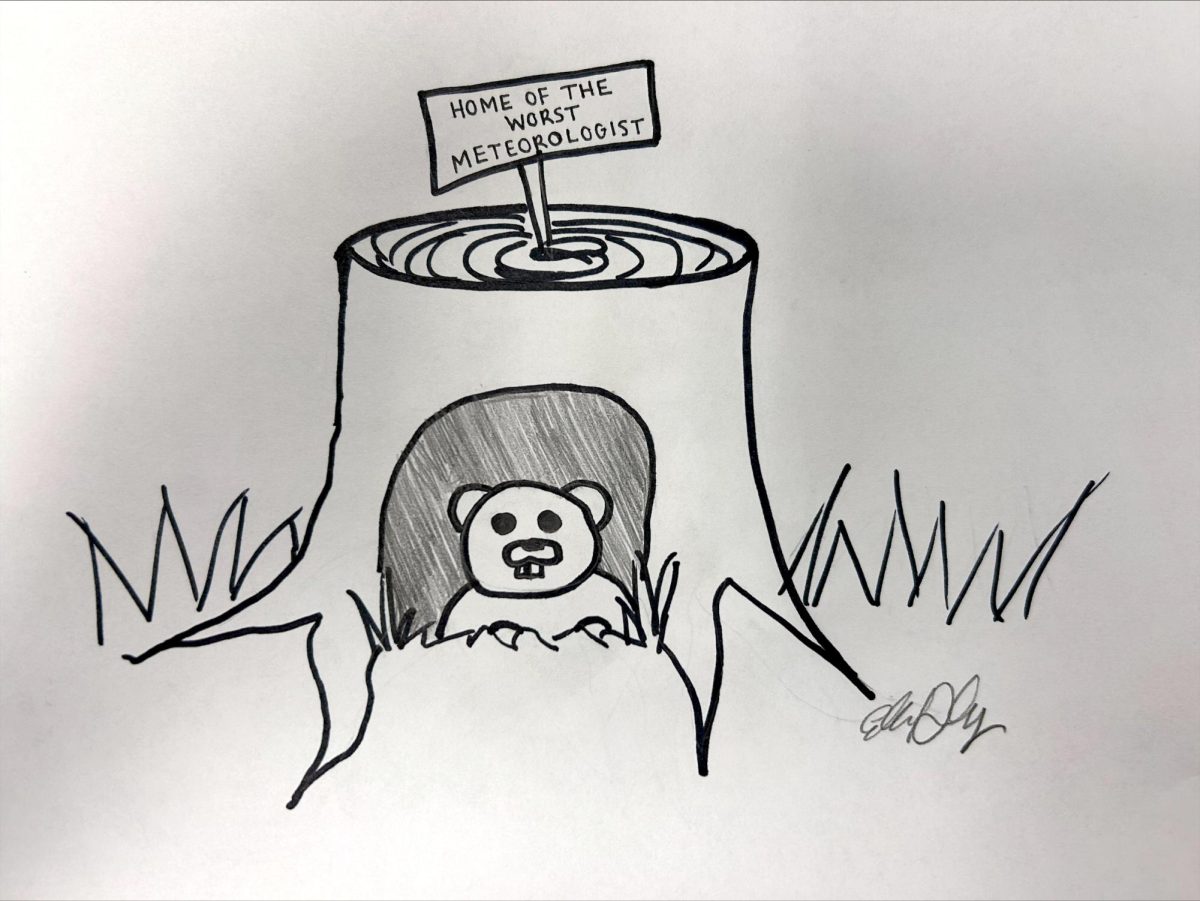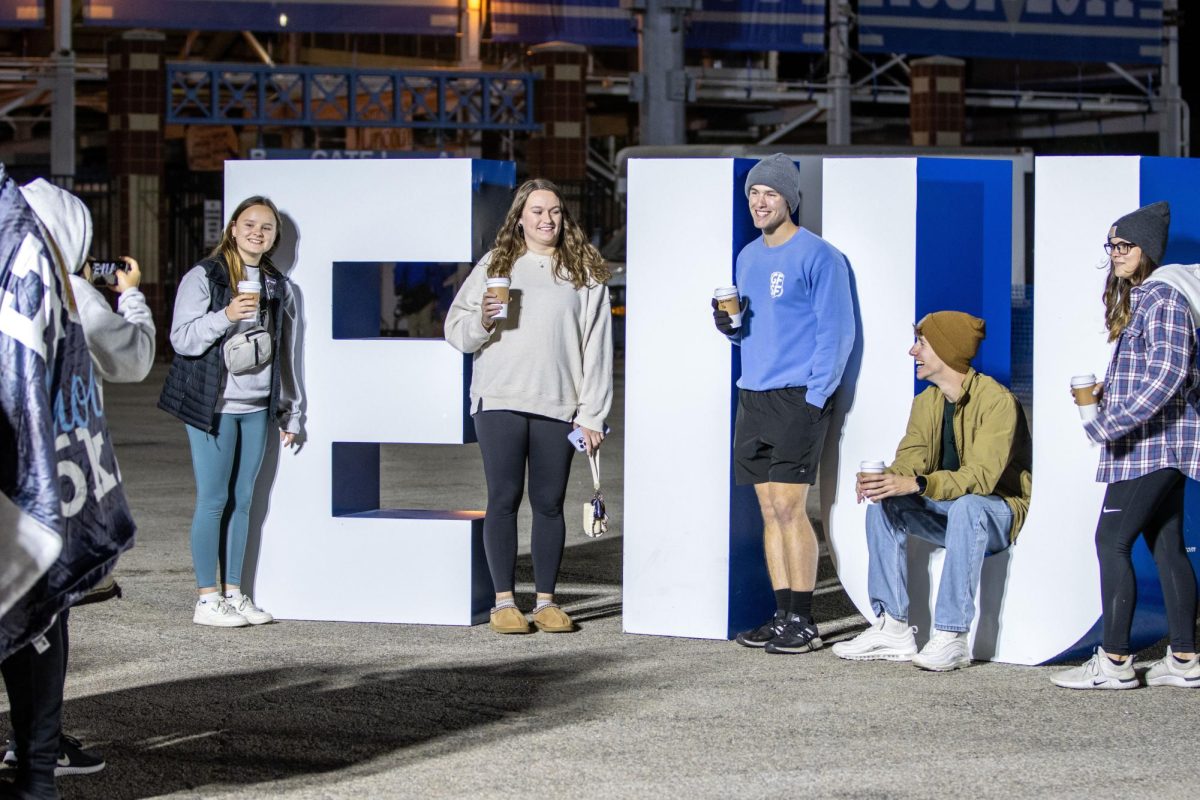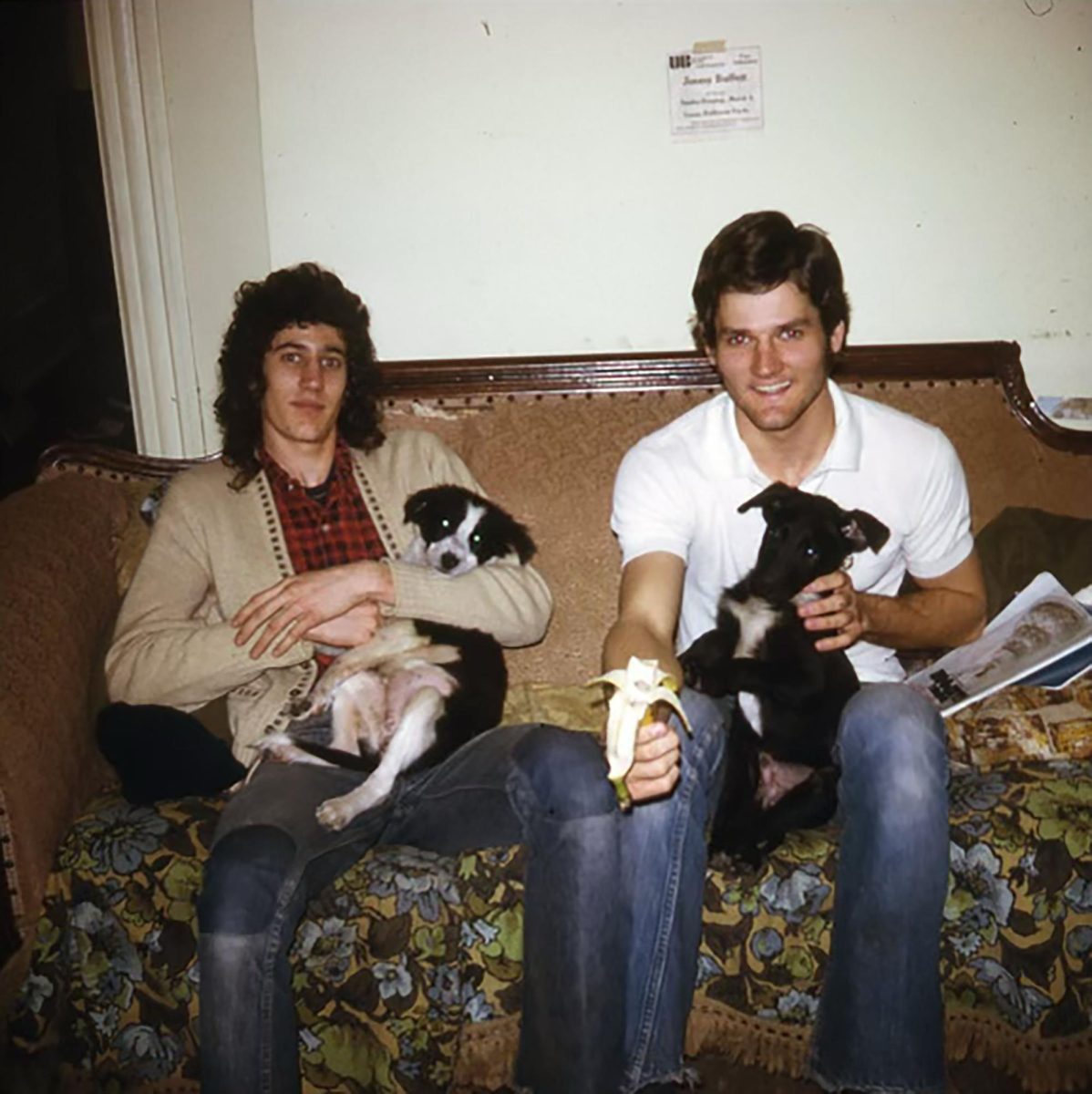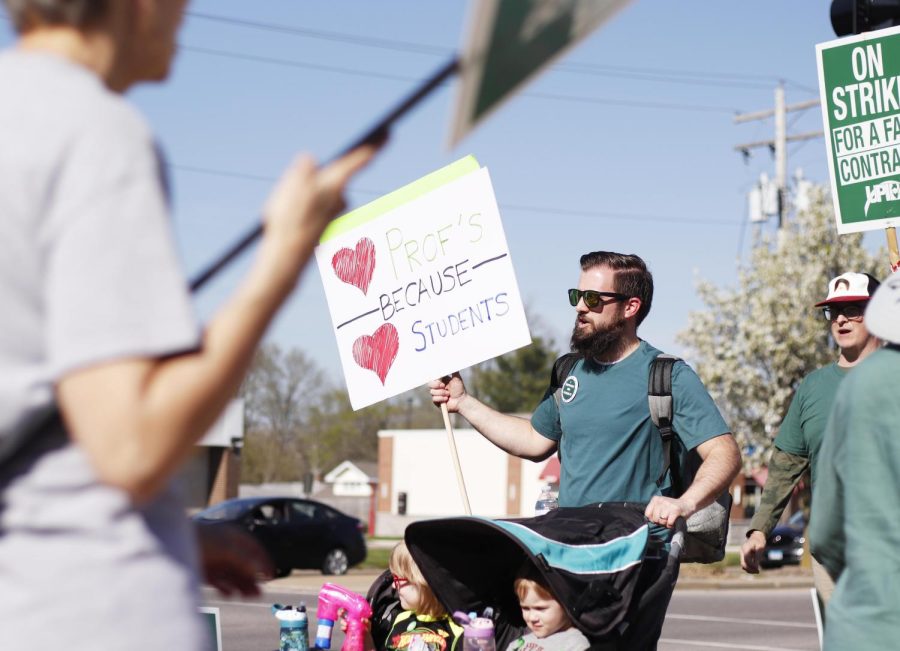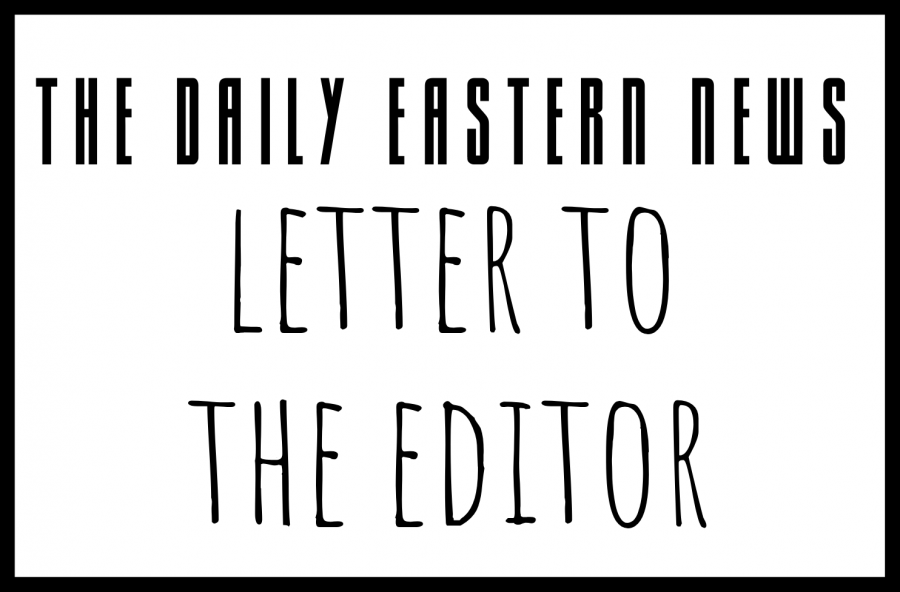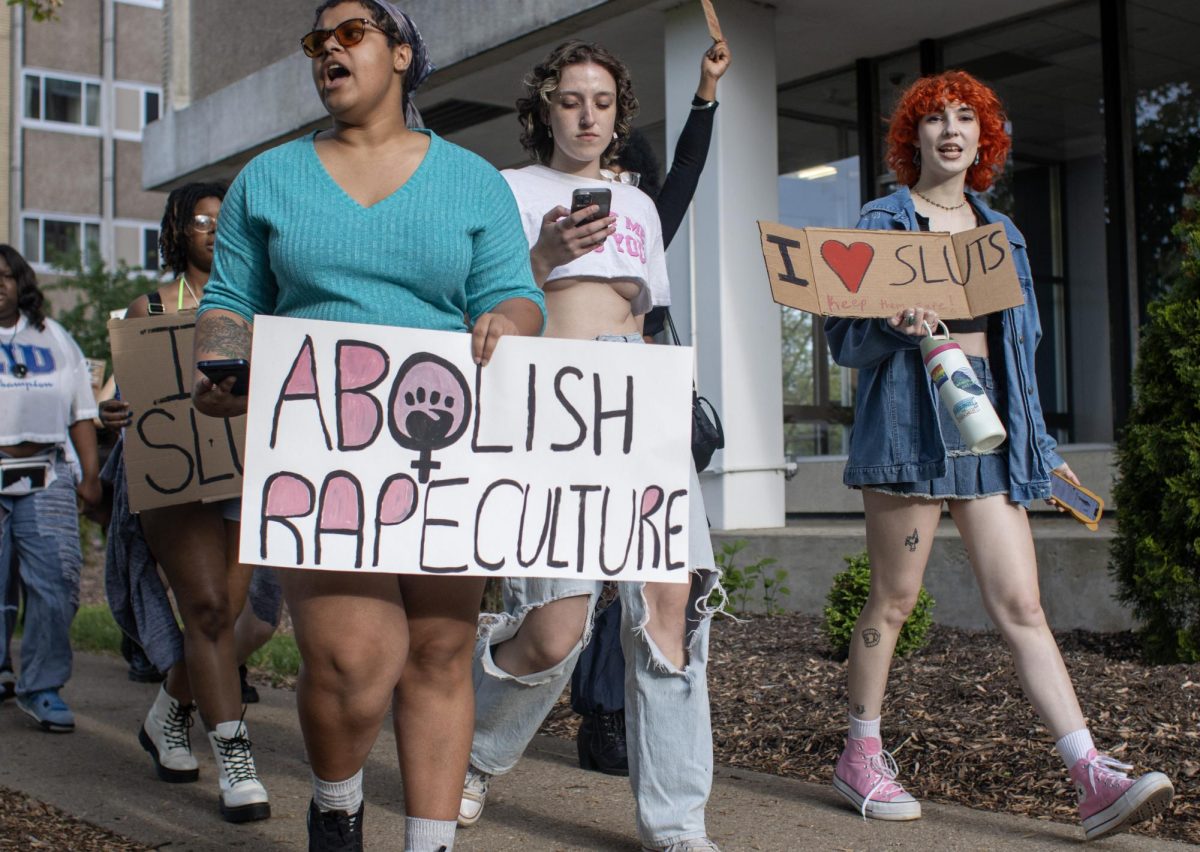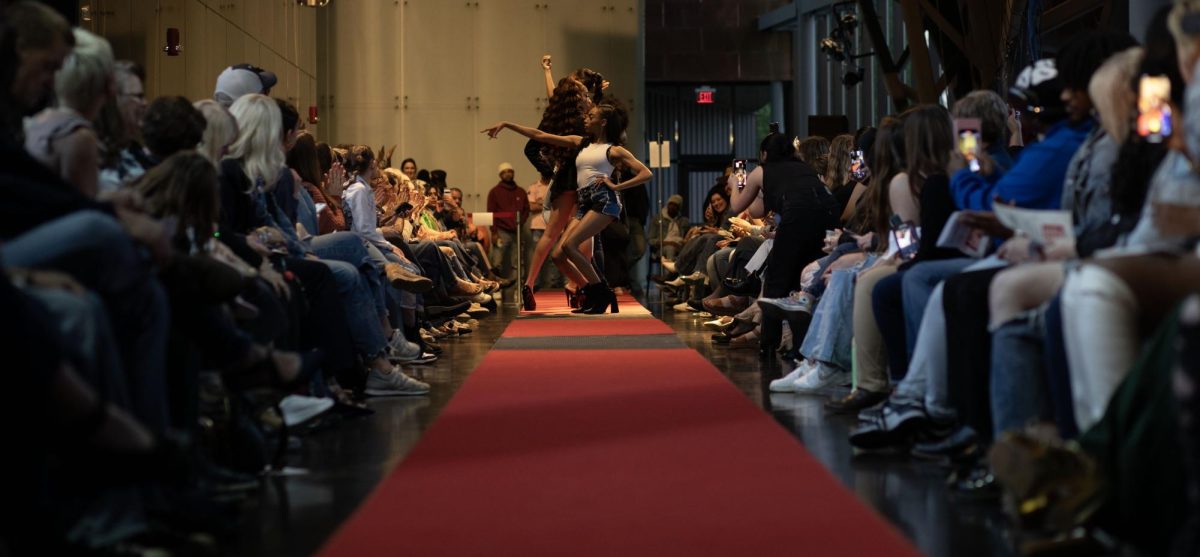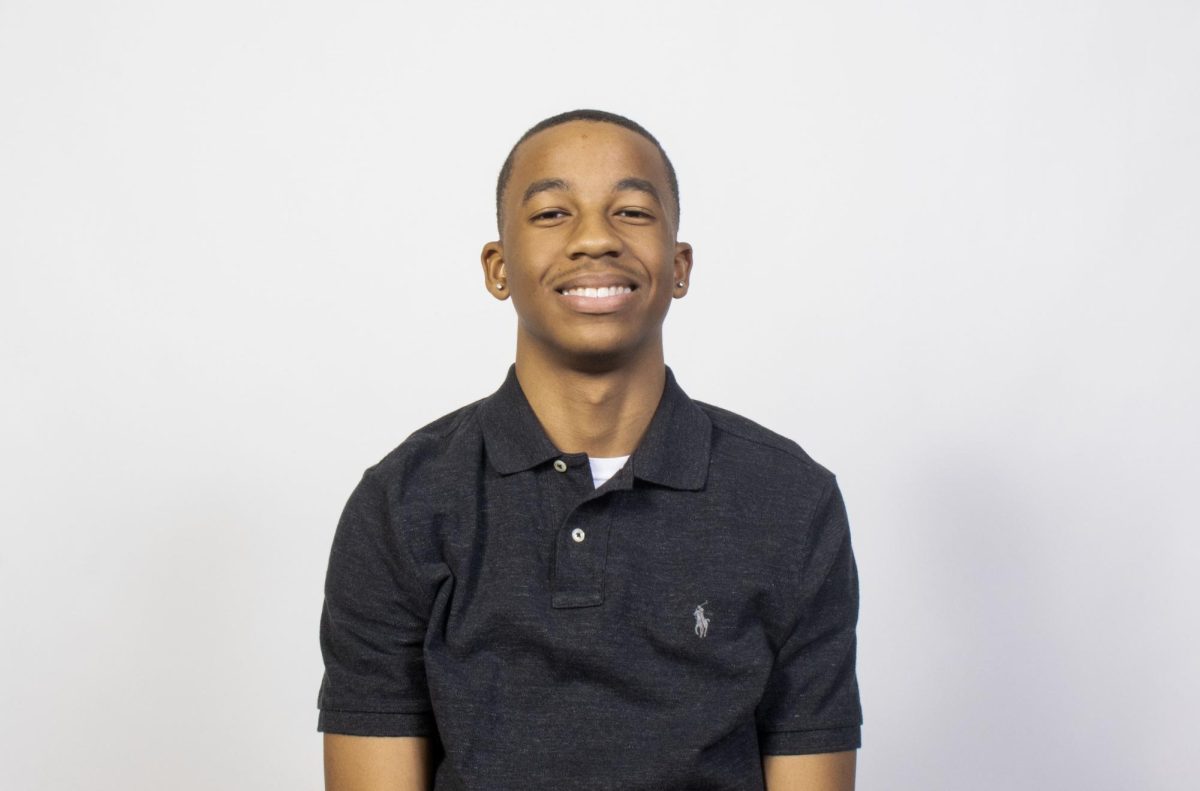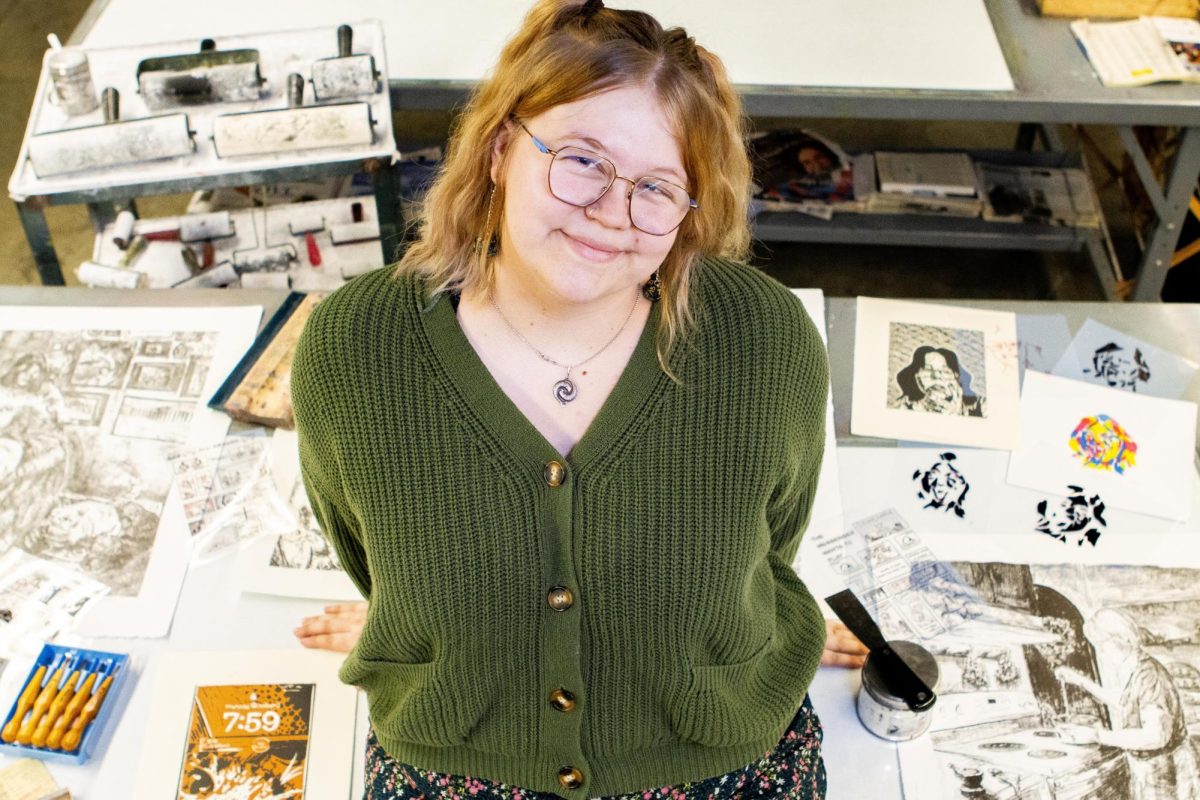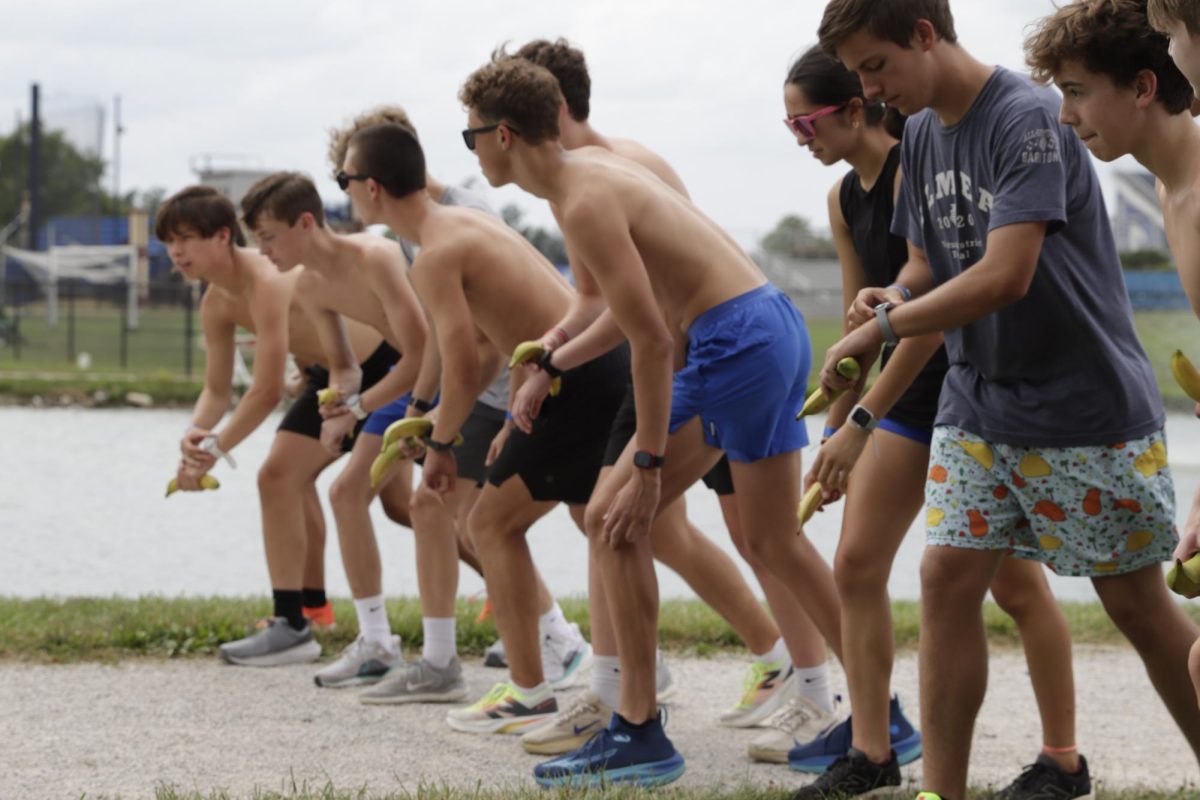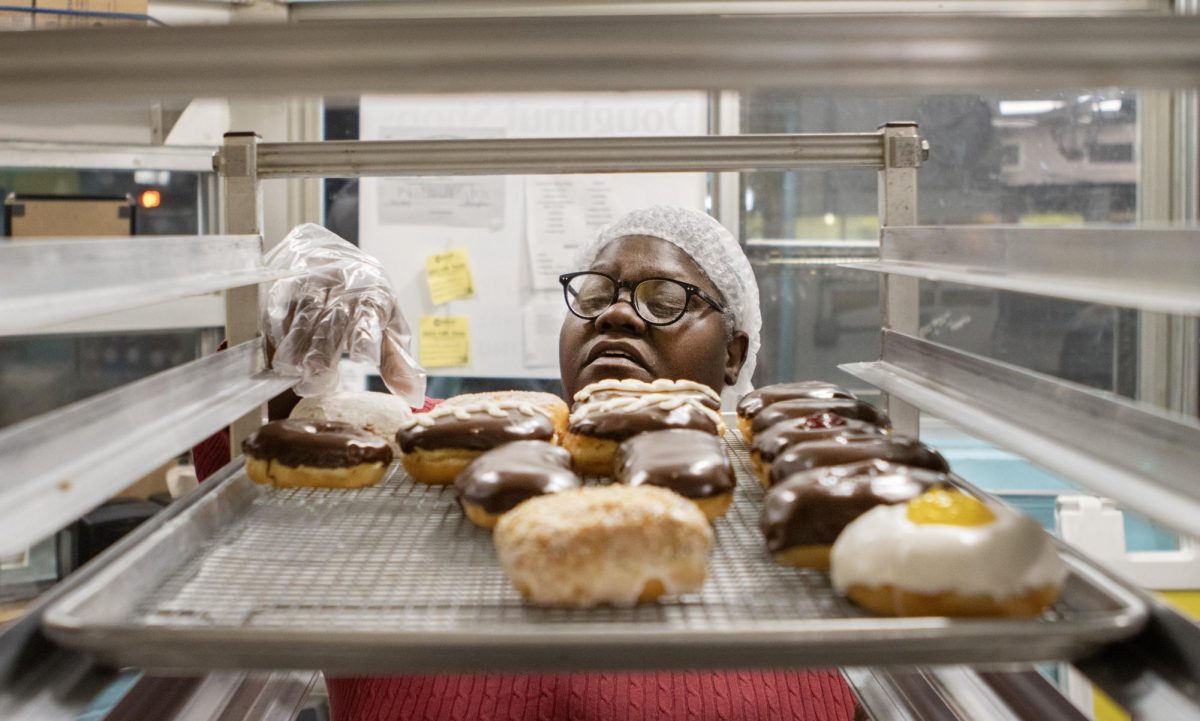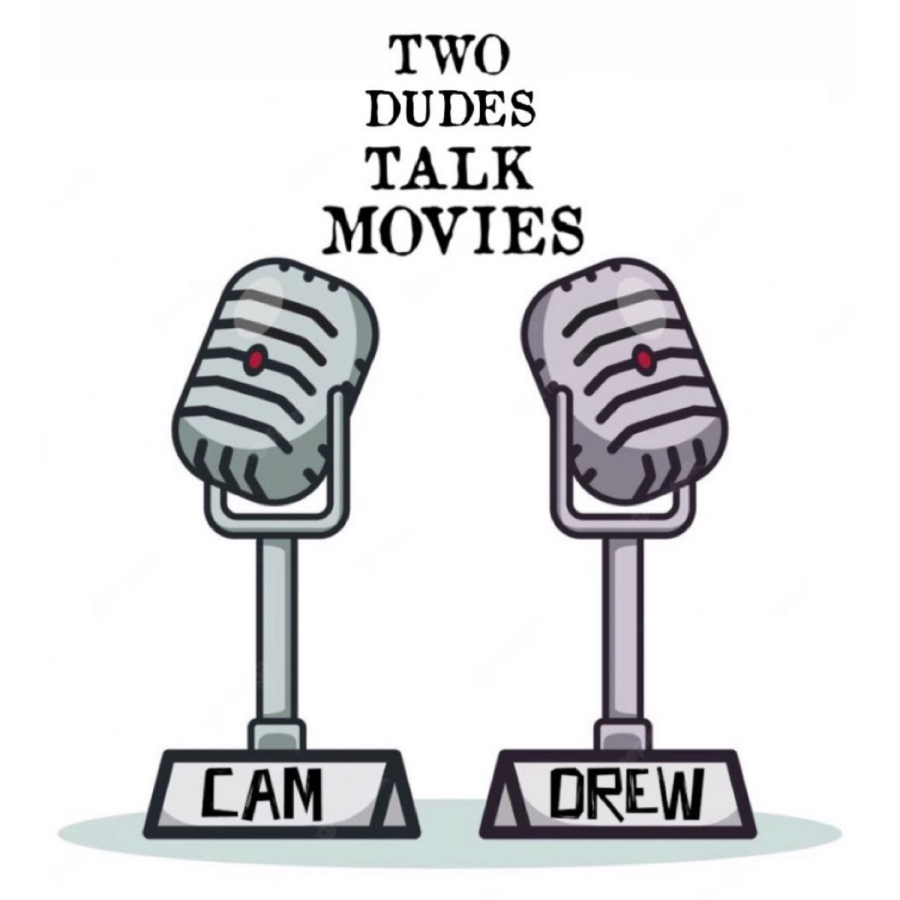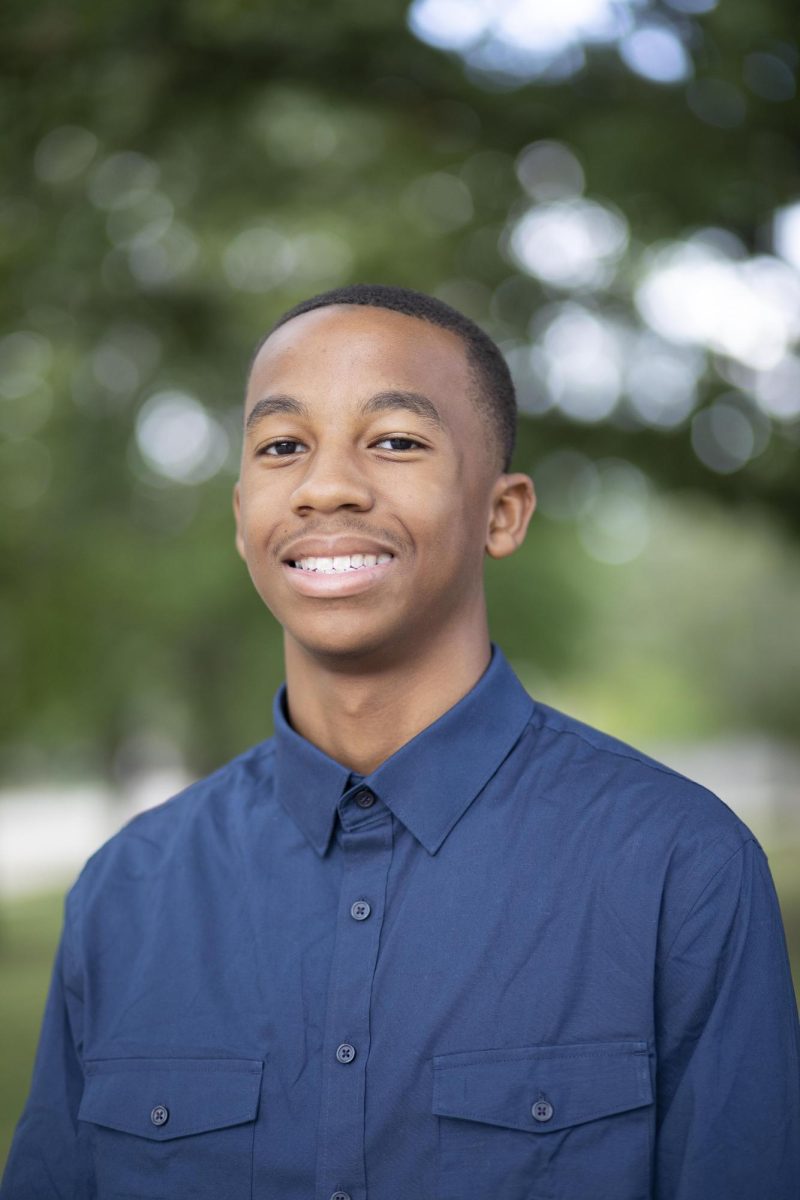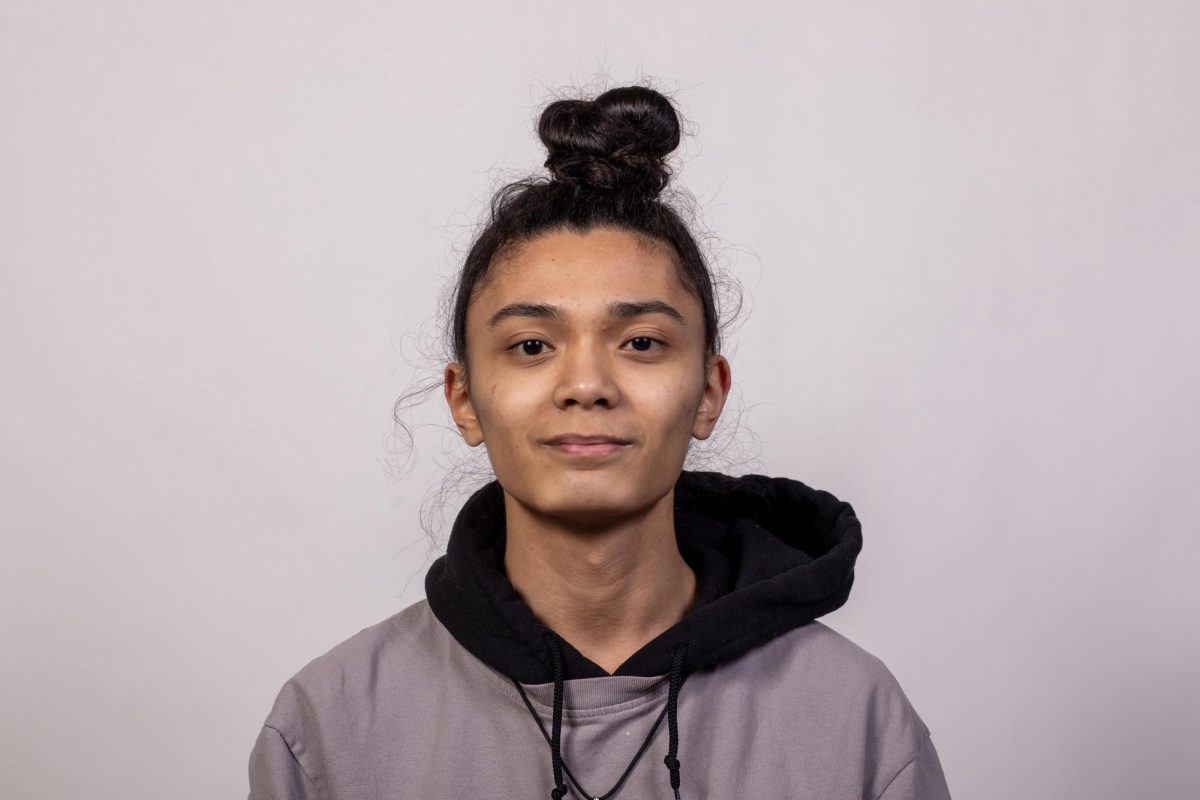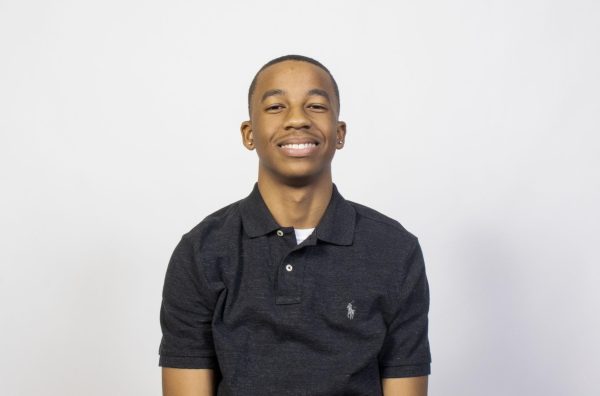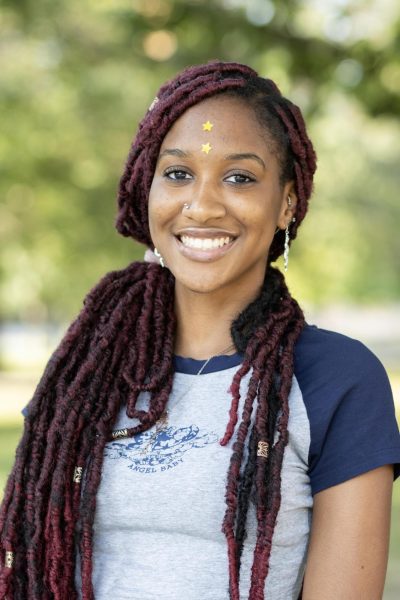Dubbed as one of the greatest horror movies of all time, “Psycho” definitely holds its weight for deserving the title.
Directed by the “master of suspense,” Alfred Hitchcock, “Psycho” introduces viewers to Marion Crane (Janet Leigh), a secretary at a real estate firm. After being told to put $40,000 in the bank by her employer, she decides to steal the money and go on the run without telling anyone.
While driving, she is halted by a thunderstorm and is forced to stay the night at the Bates Motel, where she meets Norman Bates (Anthony Perkins), the proprietor of the motel, who takes up unusual hobbies such as taxidermy.
The entire film makes audience members to feel uncomfortable. We are introduced to Crane and her boyfriend Sam (John Gavin) who meet in private.
While Crane is deciding to take the money, there are back and forth shots of the money and Crane which causes tension because it goes on for a decent amount of time.
The pace of the film fits the theme as well and adds onto the uncomfortable feel as well. While it moves at a slow pace, the conflicts reel the audience in enough to look forward to what is going to happen next.
The only scene that felt like it dragged was when Crane and Bates were talking and eating. There was nothing special about the camera movement or dialogue to keep me interested.
The camera work is low-key, but impressive if paid attention to. There are numerous long takes which are not that noticeable for the most part since the dialogue is immersive.
The acting and plot are the main factors which make the movie what it is. The awkwardness and uncertainty of Bates makes the character that much more interesting and make audience members want to pay more attention to him.
Overall, the acting is not too outlandish. Nothing was too outstanding, but that does not mean that it was bad. A stupendous type of performance would have been unfitting for this type of movie. It played well with the suspense factor of the film.
With that type of acting, it always feels as though something is missing or that we, the audience, are missing a piece of information, and we do not find out until the end.
With the film being shot in black and white, that also adds to the suspense element of the movie. According to screen.com, Hitchcock shot the film in black and white due to not being able to obtain funding, and it was cheaper in black and white.
Additionally, the infamous shower scene may have been too graphic for a general audience for that time, so shooting it in black and white would have been better the better choice.
The ending is one of the dividing factors on if someone liked this movie or not.
In the end, audience members are given an explanation of everything that happens and given all the answers that we were once lacking. We are spoon-fed every piece of information in a very short time span, and this type of genre does not typically call for that.
Understandably, it could have felt like a waste of time being told everything at the end, but the lack of clarity could also feel like a waste to some.
I think once we see that Bates was in his mother’s clothes killing everyone, it is kind of explained then what is happening, and we did not need an entire breakdown of everything.
This did not ruin the film, however. I think this is just a minor fault, but both sides of the situation is justified.
“Psycho” was a step outside the box as far as the film industry. It meshed the suspense and horror genre beautifully and makes itself known with the famous shower scene.
I did not find it that superb, possibly because the horror genre took gore to another level and going to extreme lengths with violence, especially the Saw franchise, but that franchise could have been a result of Psycho.
With a budget of $806,947, the lowest budget movie Hitchcock created, he wanted the film to have the same aura as a cheap drive in theatre, according to www.filminquiry.com. The film made approximately $50M at the box office.
I think it does well with having that type of feeling and the aspect ratio adds onto that as well as it being in black and white. It has a 1.85:1 ratio which cuts off the top and the bottom of the screen.
I can only imagine what it was like watching this in theaters. It holds up to that best horror film of all time and was an interesting watch.
Rate: 4/5
Cam’ron Hardy can be reached at [email protected] or 217-581-2812.

